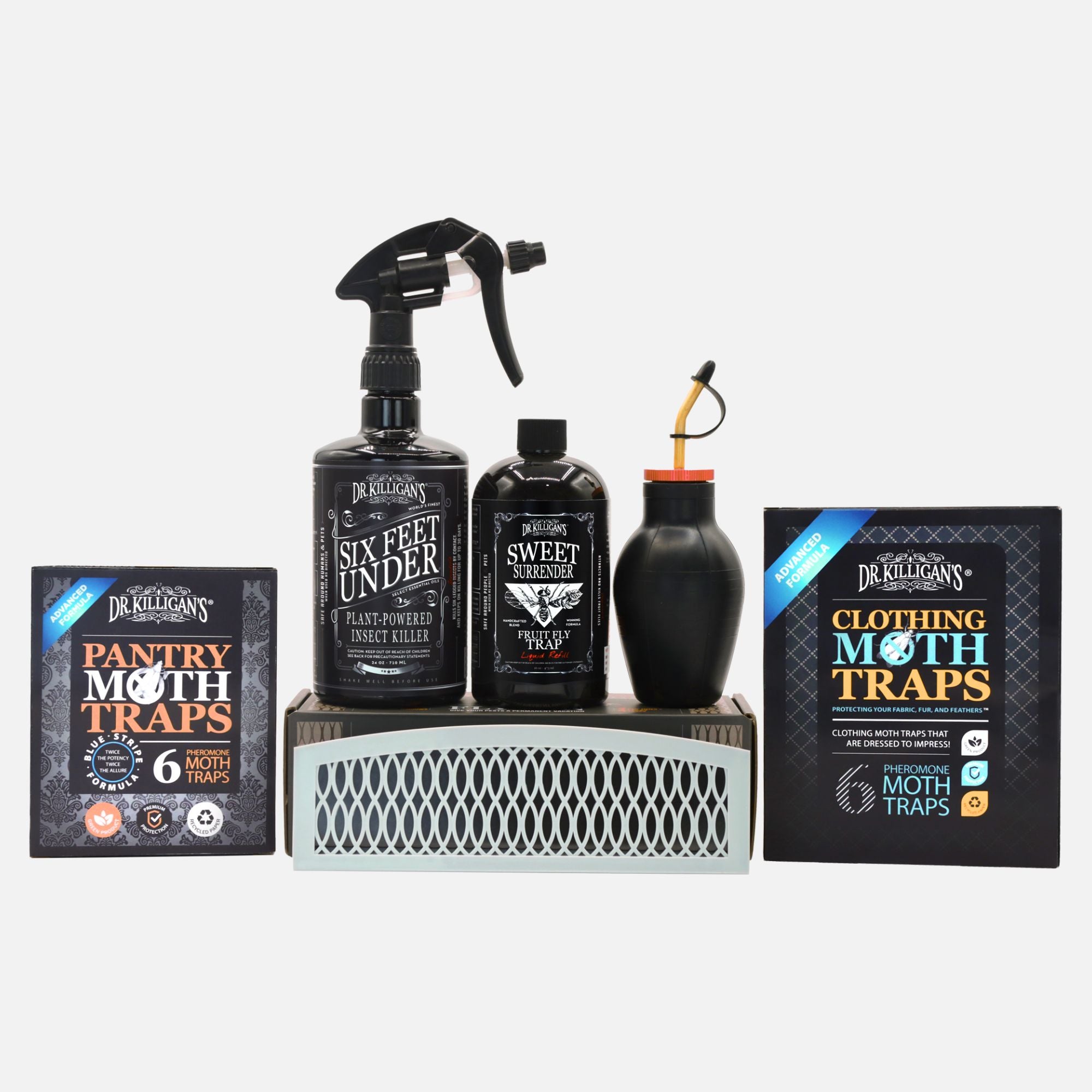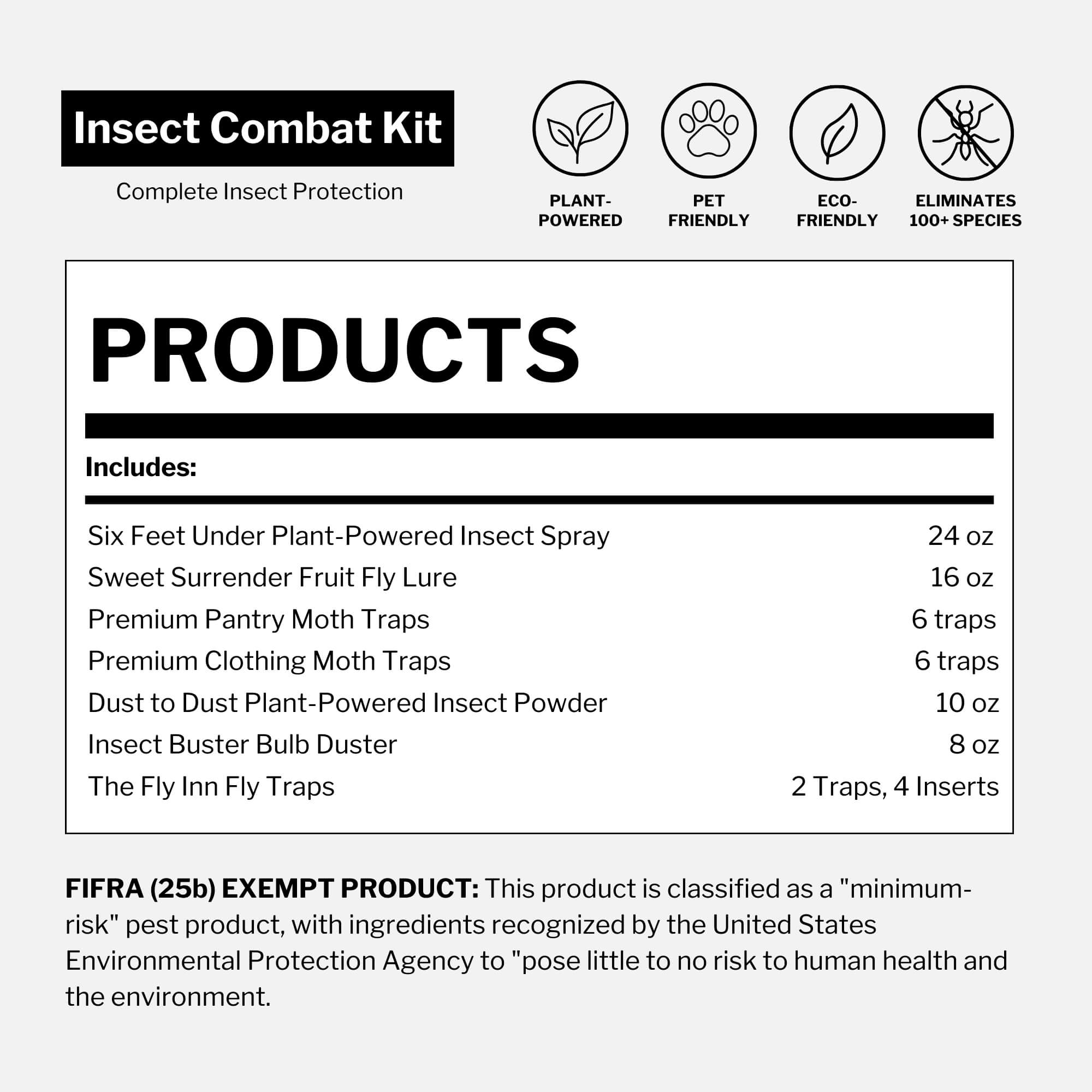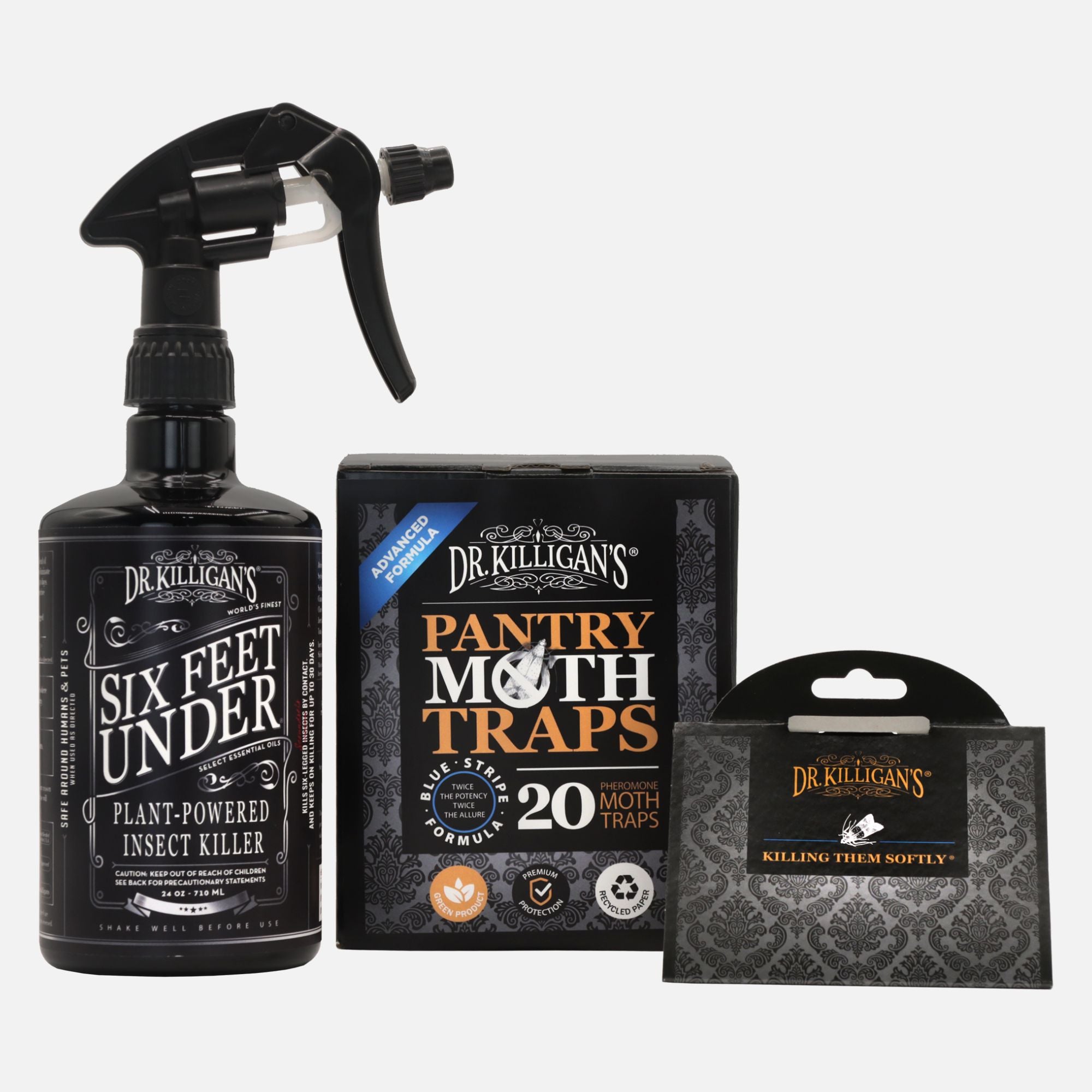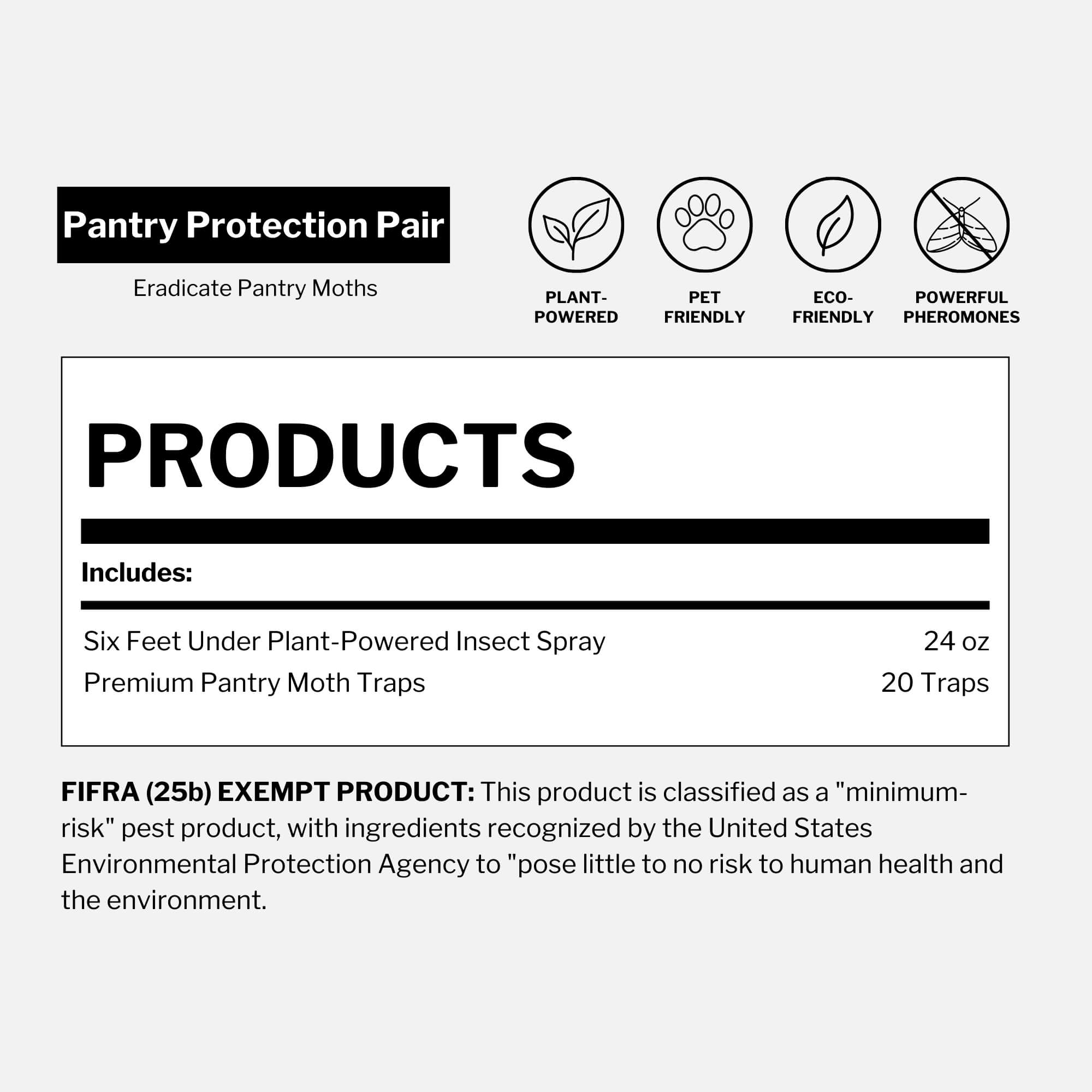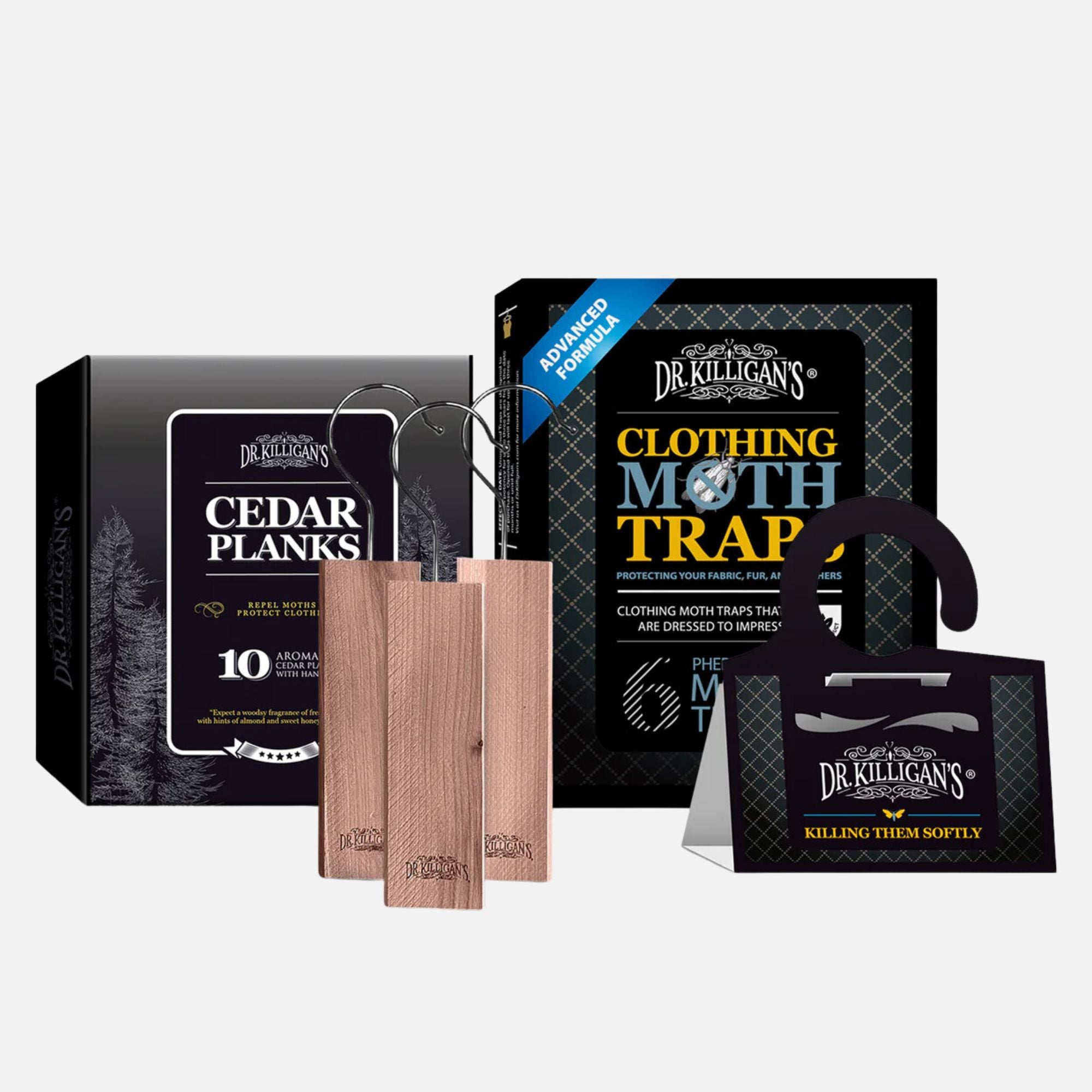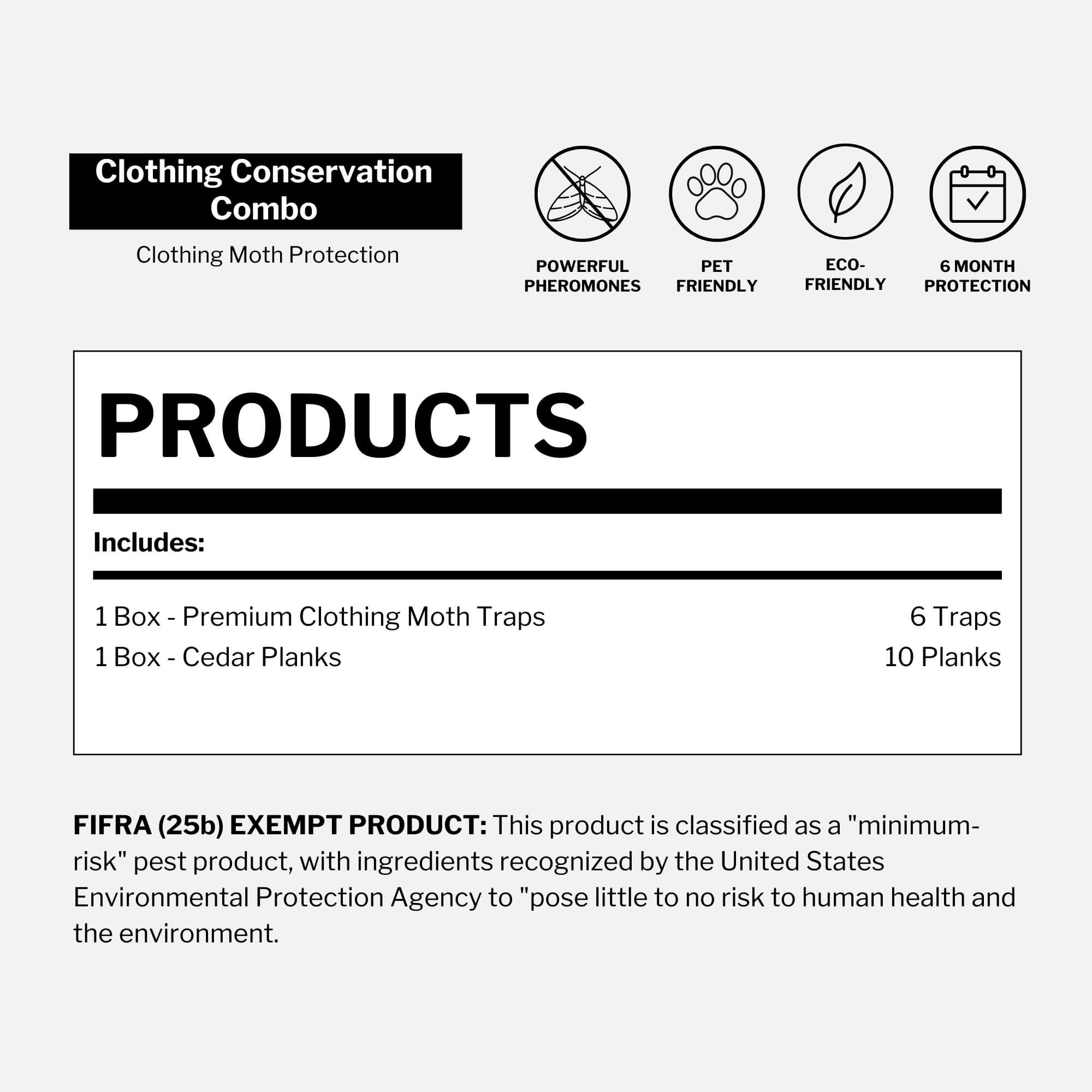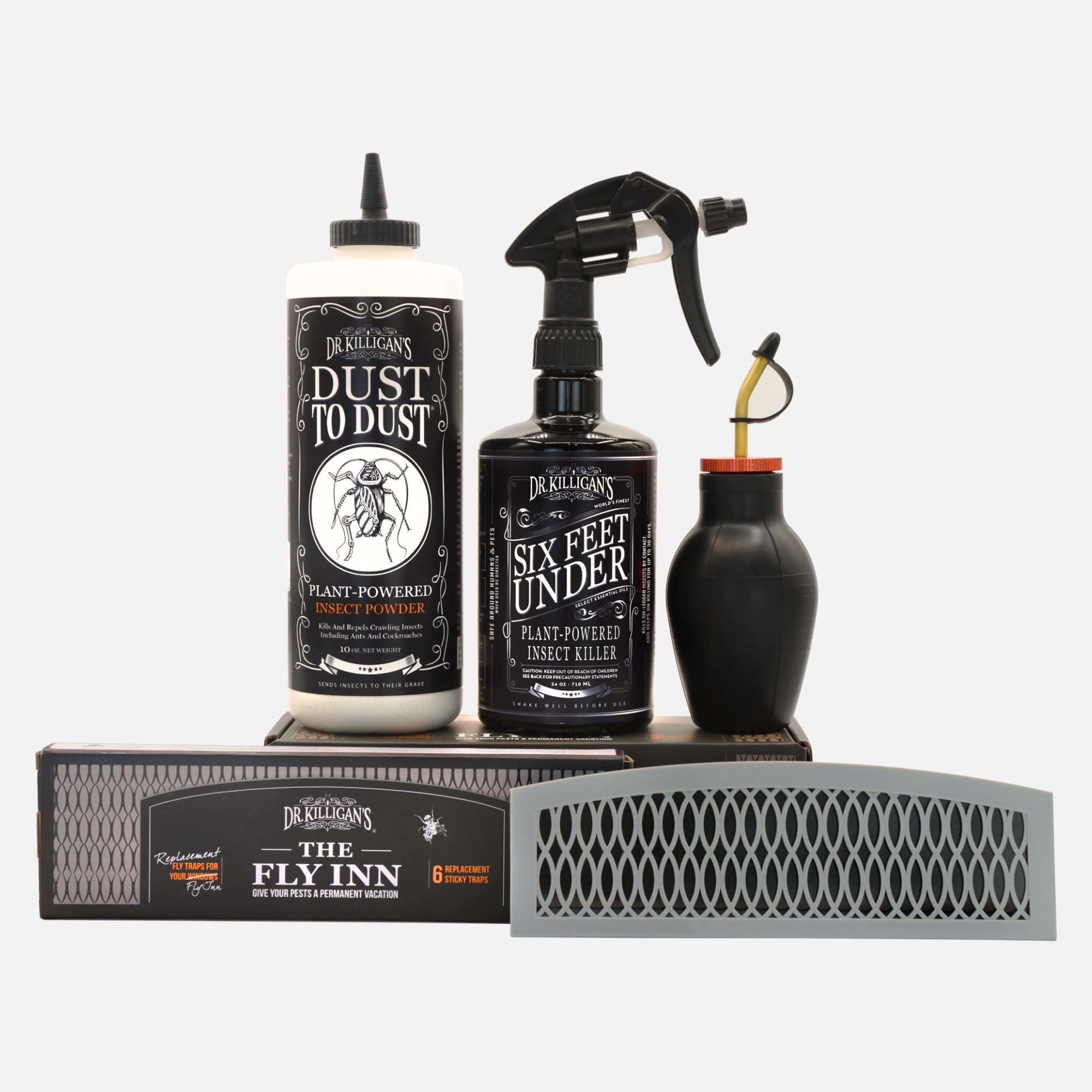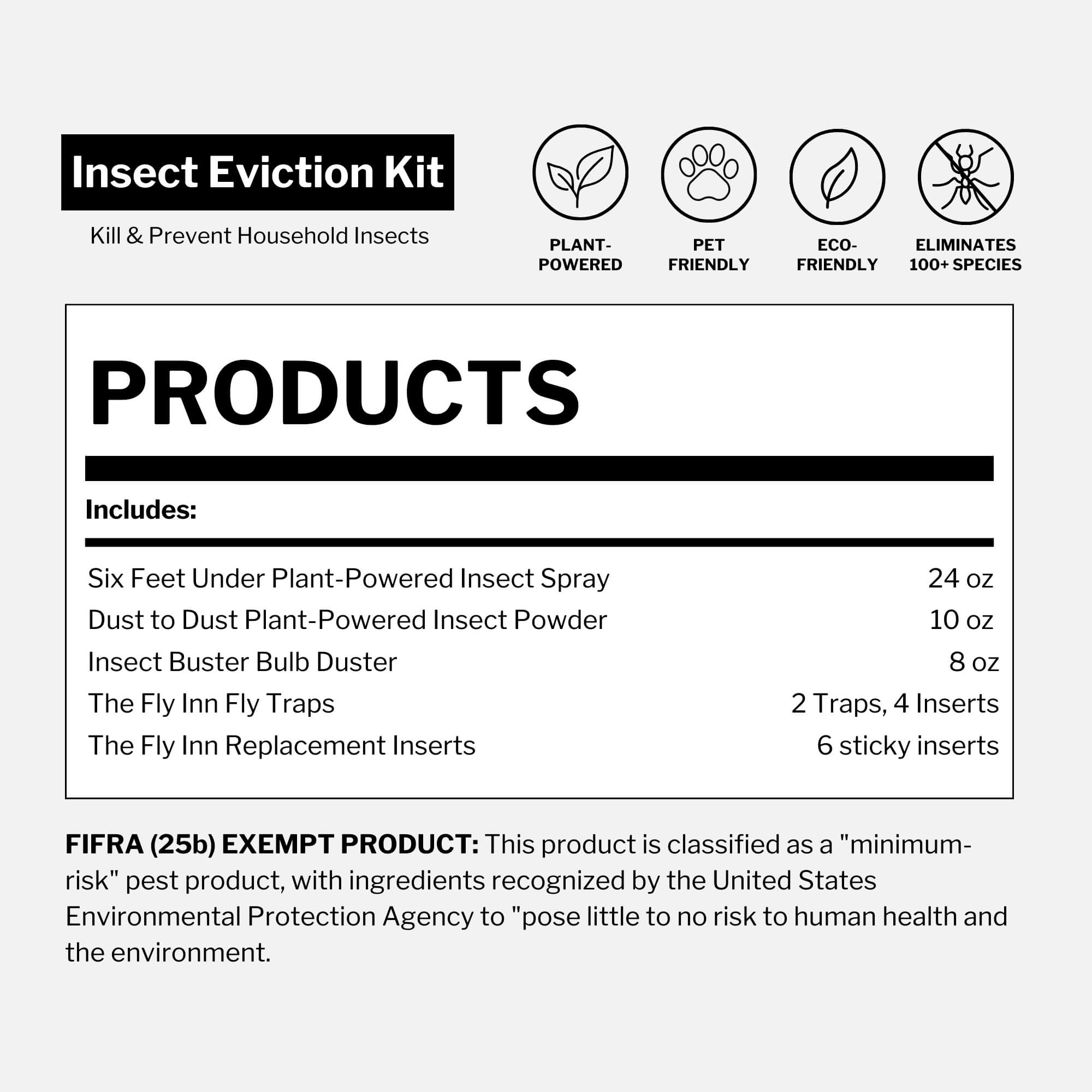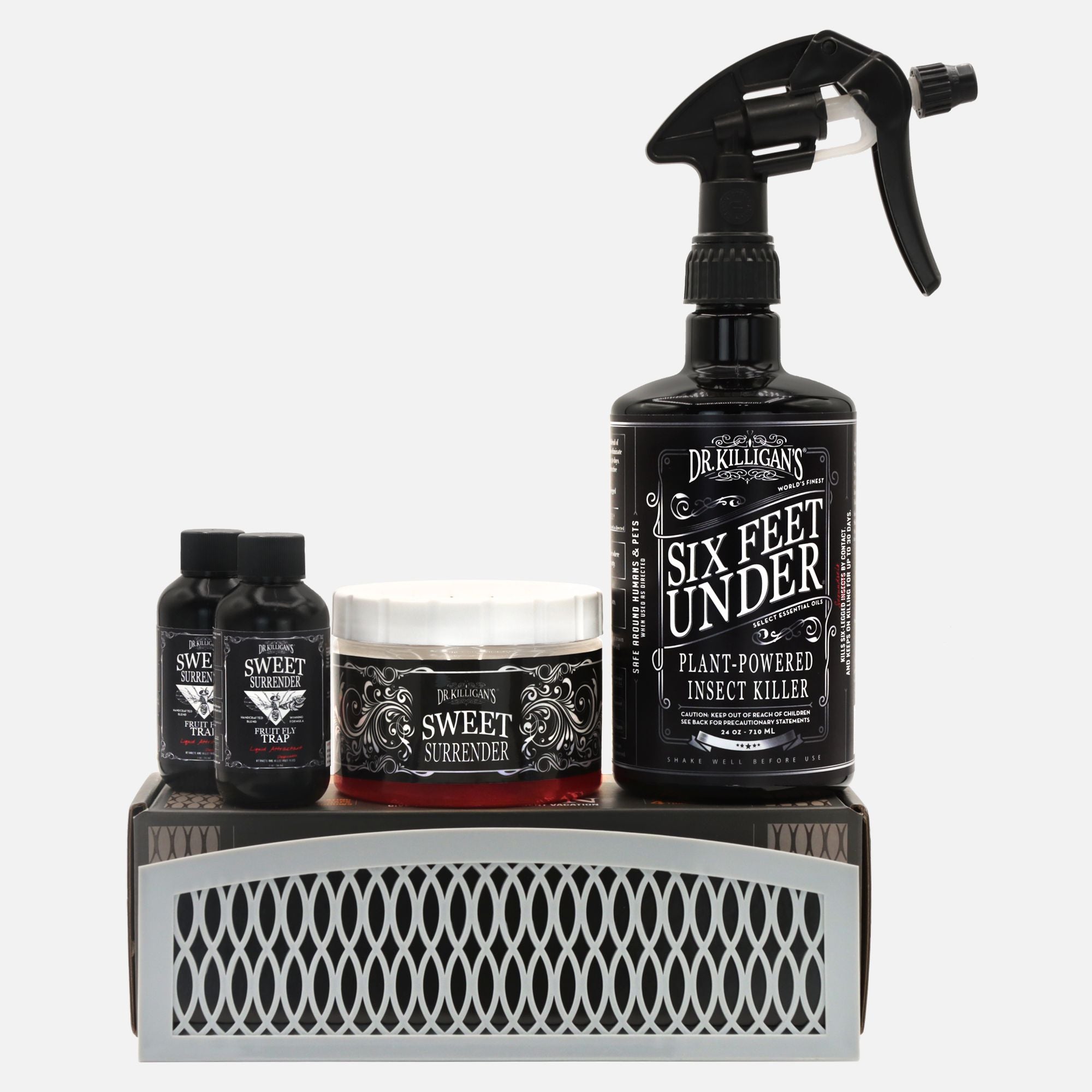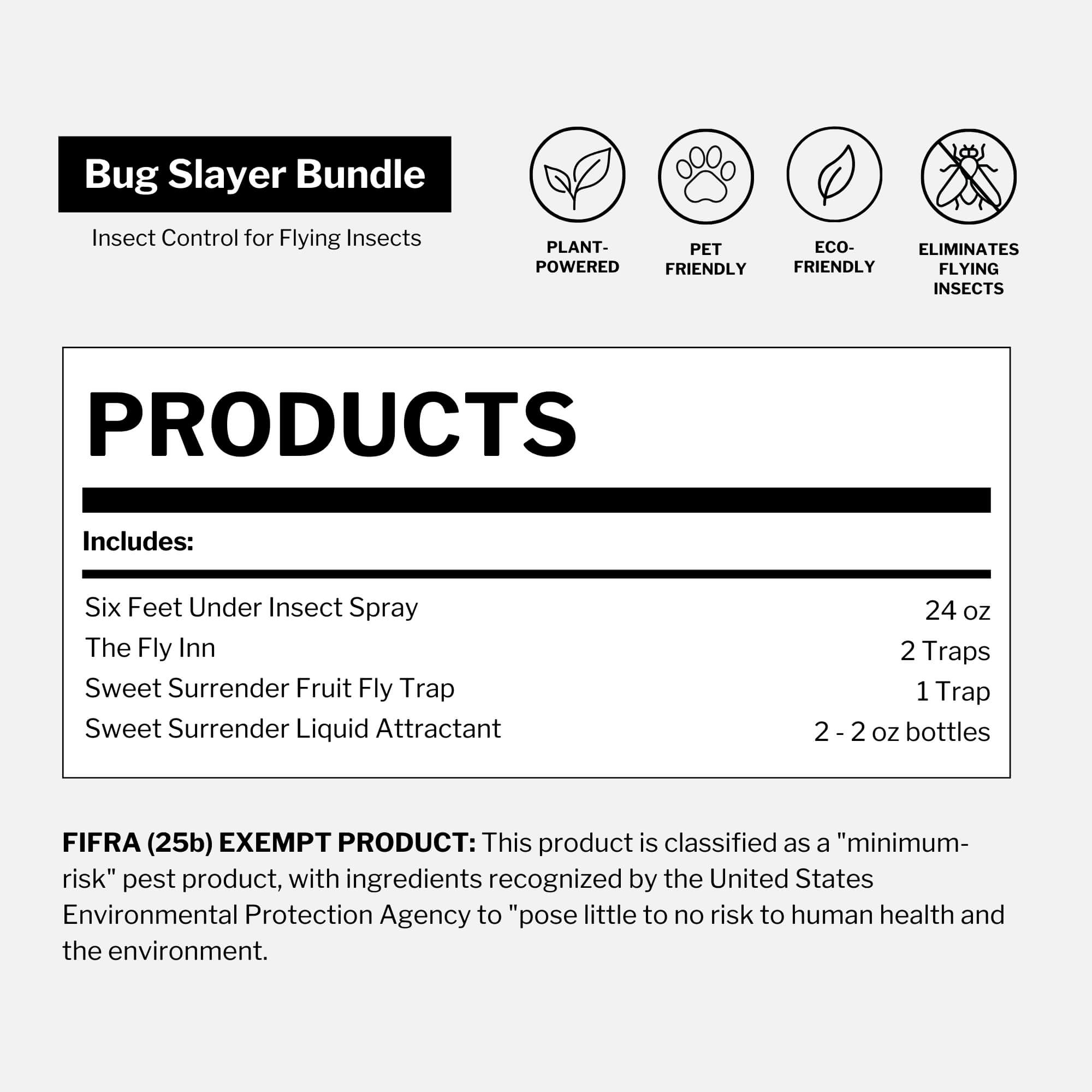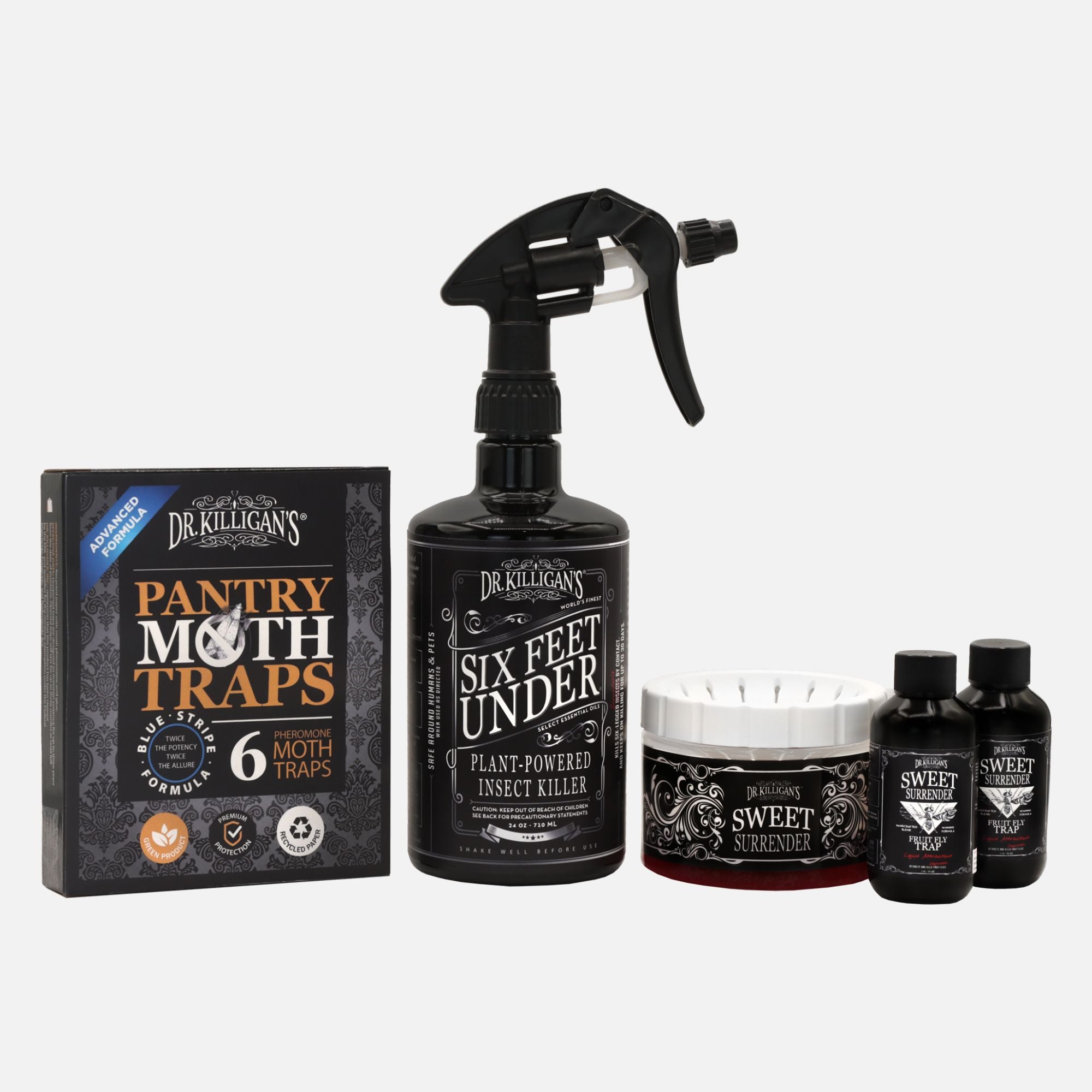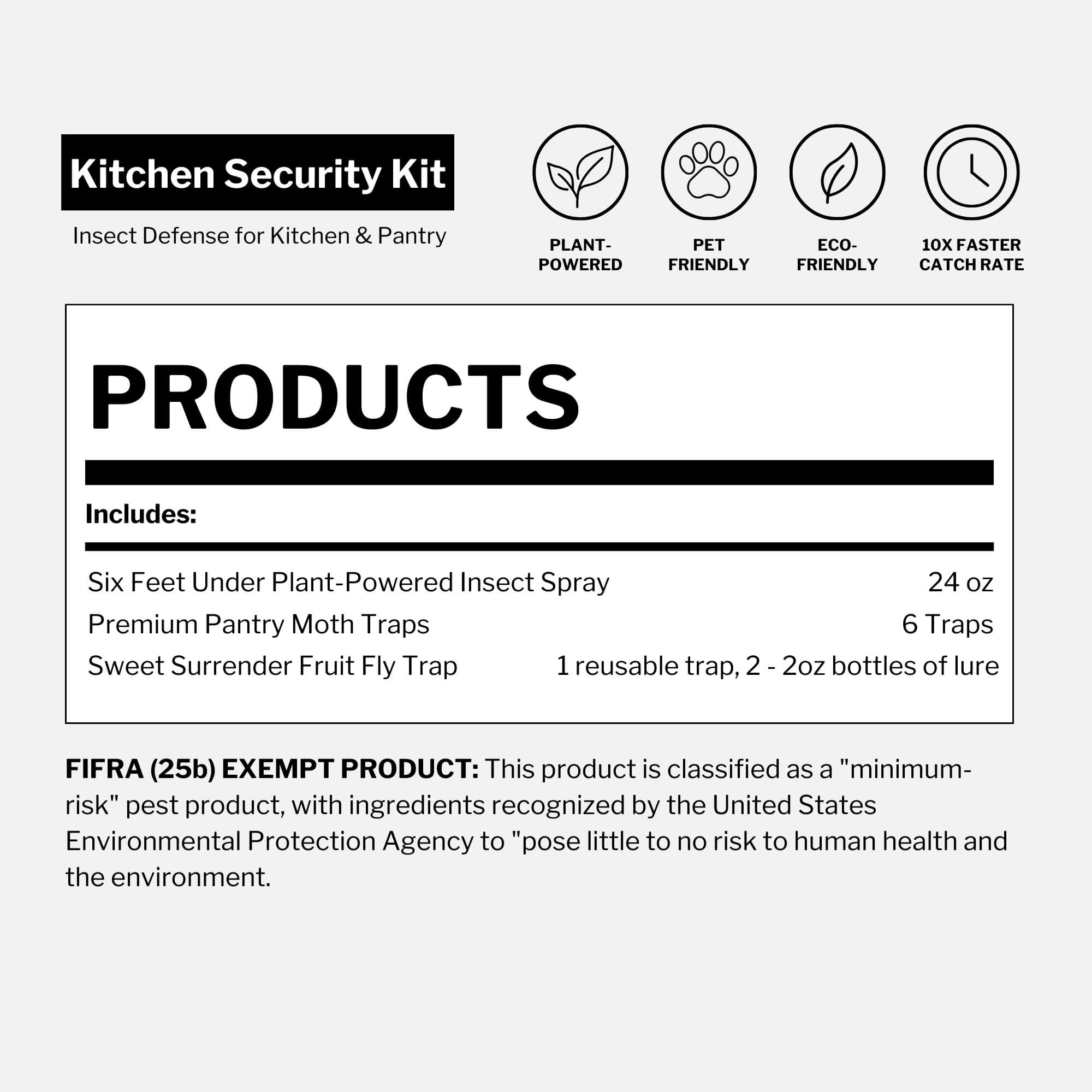Updated on February 12th, 2025
If you want to get rid of roaches overnight, you must first understand the habits of this notorious pest.
- What is it attracted to?
- Which type of fear-inducing roach is it?
- What type of environment have you unknowingly created to welcome this much-hated creature?
- How did it get in, in the first place?
- And, most importantly, how can you keep it away for good once it's gone?
In this article, we will answer all of these questions regarding common cockroaches.
To begin, it’s essential to understand that not all cockroaches are alike. Just like us, certain species have certain preferences.
Hence, we’ll discuss the top two types of roaches you’re most likely to encounter in North America—the German cockroach and the American cockroach.
Where do these cockroaches live? What do they eat?
German cockroaches generally live indoors. While they may venture outdoors during warmer months or in cases of severe indoor infestations, this is not their typical habitat. They thrive in warm, humid environments near food and water sources, such as cupboards, under kitchen sinks, drawers and closets.
What they eat: German cockroaches consume food debris. These omnivorous scavengers will feed on nearly anything, but they prefer meats and foods that are sugary, greasy or starchy.
Key facts about German cockroaches:

- They primarily live indoors.
- They tend to congregate in cracks and crevices.
- They require more water than American cockroaches.
- They are attracted to food debris.
American cockroaches primarily live outdoors, but they will invade kitchens, bathrooms or other areas when conditions are right. If you find this species indoors, they are often near boilers, bathrooms or kitchens since they require high temperatures and elevated humidity to thrive.
What they eat: American cockroaches are drawn to fermenting or decaying material. Outdoors, they feed on decaying leaves, fungi, algae and small insects. Indoors, their diet consists of crumbs found under appliances, in drains, behind kitchen cabinets and on the floor.
Key facts about American cockroaches:
- They primarily live outdoors.
- They congregate in open spaces.
- They are most attracted to fermenting material.
German vs American cockroaches: What do they look like?
In addition to knowing what attracts cockroaches, being able to identify the specific type of pest in your home is highly beneficial. While all cockroach species share common traits—flat bodies, six legs and two antennae—the German and American species have distinct features that set them apart.
| Species |
 German cockroach German cockroach |
 American cockroach American cockroach |
|---|---|---|
| Body size | Small, around ½ inch in length and ¼ inch in width | Large, around 1½ inches in length and ½ inch in width |
| Color | Yellowish-brown with two darker parallel lines on the back | Reddish-brown |
| Ability to fly | No | Yes, capable of short-distance flight |
| Ability to bite | No. Mouthparts aren’t strong enough to pierce human skin, but may gnaw on fingernails or hair in severe infestations | No. Mouthparts aren’t strong enough to pierce human skin, but may scavenge for food particles or dead skin if found on a person |
Where did this cockroach come from? How did it get into my home?
German cockroaches are notorious hitchhikers, often making their way into homes through packaging, shipments and boxes. Large warehouses, such as food packaging plants or storage facilities, can struggle to manage every tiny pest. As a result, these cockroaches can easily find their way into boxes, eventually arriving at your doorstep.
On the other hand, American cockroaches—as aforementioned—prefer to live outdoors. If you discover them inside your home, it’s a strong indicator they’ve found an entry point. Plumbing issues are a common culprit, so it’s crucial to inspect and address the following:

- Ensure there are no cracks in your sewage line beneath your house.
- Check your basement for cracks, especially those larger than ⅛ inch, and seal them promptly.
- Inspect the area around plumbing lines for any openings where these pests might sneak in.
- Seal cracks in exterior walls and gaps between walls and floors. Ensure dryer vents are properly sealed to block potential gateways for cockroaches.
While these points of entry are important to address, cockroaches are, ultimately, drawn indoors by three key elements: food, water and shelter. Human homes are an ideal environment.
Therefore, take proactive measures to address these vulnerabilities to keep your home roach-free.
How do I get rid of cockroaches?
The German and American cockroaches, both members of the order Blattodea, are widely encountered in households year-round. However, German cockroaches are a much larger challenge to tackle, as they are prolific breeders: German cockroaches produce up to 30,000 nymphs (offspring) a year; American cockroaches produce up to 800 nymphs a year.
General tips to eliminate cockroaches
To get rid of any cockroach, start by maintaining a clean and unwelcoming environment. This means:
- No dirty dishes in the sink
- No leftover crumbs on the floors or countertops
- No overflowing garbage cans or cans without tight-fitting lids
- No pet food messes
- No excess moisture in crawl spaces, basements, laundry rooms or bathrooms
- No cardboard or thin plastic storage containers. Use pest-resistant storage options to protect against cockroaches, ants, pantry moths, beetles and silverfish
How to get rid of German cockroaches: A step-by-step guide
When ridding your home of German cockroaches, removing their access to food is your number one line of defense.

1. Begin with a deep clean
German cockroaches thrive in hidden, food-rich environments. Vacuum to remove crumbs, debris, cockroach eggs, body parts and live cockroaches. Focus areas:
- Behind the fridge and under the stove
- Inside cabinets, drawers and cupboards
- Under your sink and trash can
- Around pet food bowls, dish mats and drying racks
- Behind wall clocks, wall calendars or framed photos
2. Inspect the bathroom and laundry room next
German cockroaches need moisture to survive. Search for them in dark, humid spaces. Check:
- Behind toilets and inside sink cabinets
- Under mats, near drains, and around pipes
- Inside laundry room storage areas
3. Repeat inspections in every room
This initial thorough cleaning will remove 90% of the infestation. However, to fully eradicate them, every single cockroach must be eliminated before they multiply (and try to claim your castle) yet again.

4. Apply Dust to Dust
Use the Insect Buster to apply Dust to Dust in these key areas:
- Target cracks and crevices in walls, baseboards and moldings.
- Focus on areas behind appliances, starting with the refrigerator and stove
- Apply powder inside cupboards and drawers, especially where cupboard boards meet
- Ensure even coverage on window sills, electrical outlets and fixtures.
- Dust gaps under sinks and around washer/dryer connections and bathroom fixtures
Tip: Lightly dust these areas to ensure maximum coverage without deterring cockroaches from stepping on the powder.
Why Dust to Dust is your best option
Unlike traditional diatomaceous earth (DE), Dr. Killigan’s Dust to Dust Plant-Powered Insect Powder works up to 50% faster. It dehydrates cockroaches externally by piercing their exoskeleton and poisons them internally when they ingest the powder while grooming.
With Dust to Dust and the Insect Buster, you’ll have the tools to eliminate infestations, prevent reinfestation, and reclaim your home.
How to get rid of American cockroaches
Unlike German cockroaches, which thrive in kitchens and bathrooms, American cockroaches typically invade from outdoors. Eliminating them requires focusing on entry points, moisture control and outdoor conditions that attract these pests.
To eliminate them effectively, follow these steps:

1. Begin by sealing entry points
American cockroaches sneak inside through gaps around plumbing, windows and exterior walls. To block their access:
- Inspect and seal cracks in walls, doors and baseboards.
- Check plumbing lines for gaps where cockroaches may enter.
- Seal foundation cracks—especially in basements, crawl spaces and attics.
2. Reduce moisture
American cockroaches are drawn to damp environments. Keep them away by:
- Using dehumidifiers in basements, crawl spaces, and attics.
- Fixing leaky pipes or faucets to eliminate excess moisture.
- Ensuring proper ventilation in humid areas like bathrooms and laundry rooms.
3. Remove outdoor harborage
Before they enter your home, American cockroaches nest in outdoor debris. Reduce their hiding spots by:
- Clearing mulch, leaf litter and yard waste near your home’s foundation.
- Keeping trash bins tightly sealed and away from entry points.
- Removing rotting wood or organic debris where cockroaches might shelter.
4. Apply Dust to Dust
To eliminate any remaining cockroaches and prevent reinfestation:
- Puff Dust to Dust into wall voids, outlets and gaps under appliances.
- Target plumbing areas like under sinks and around washer/dryer connections.
- Apply lightly to avoid deterring cockroaches from stepping in the powder.
By following these steps, you can eliminate American cockroaches at the source and keep them from invading your home again.




